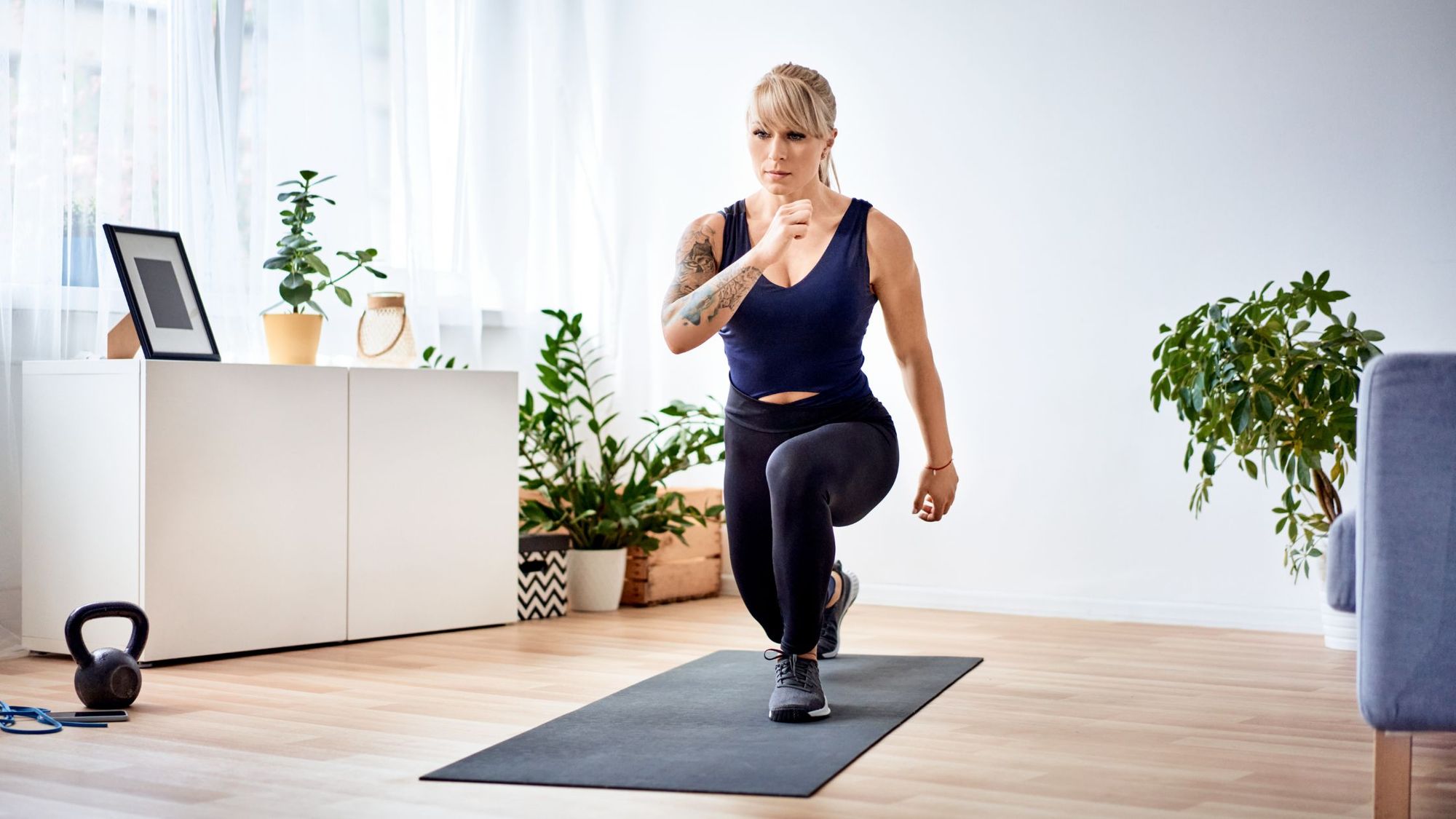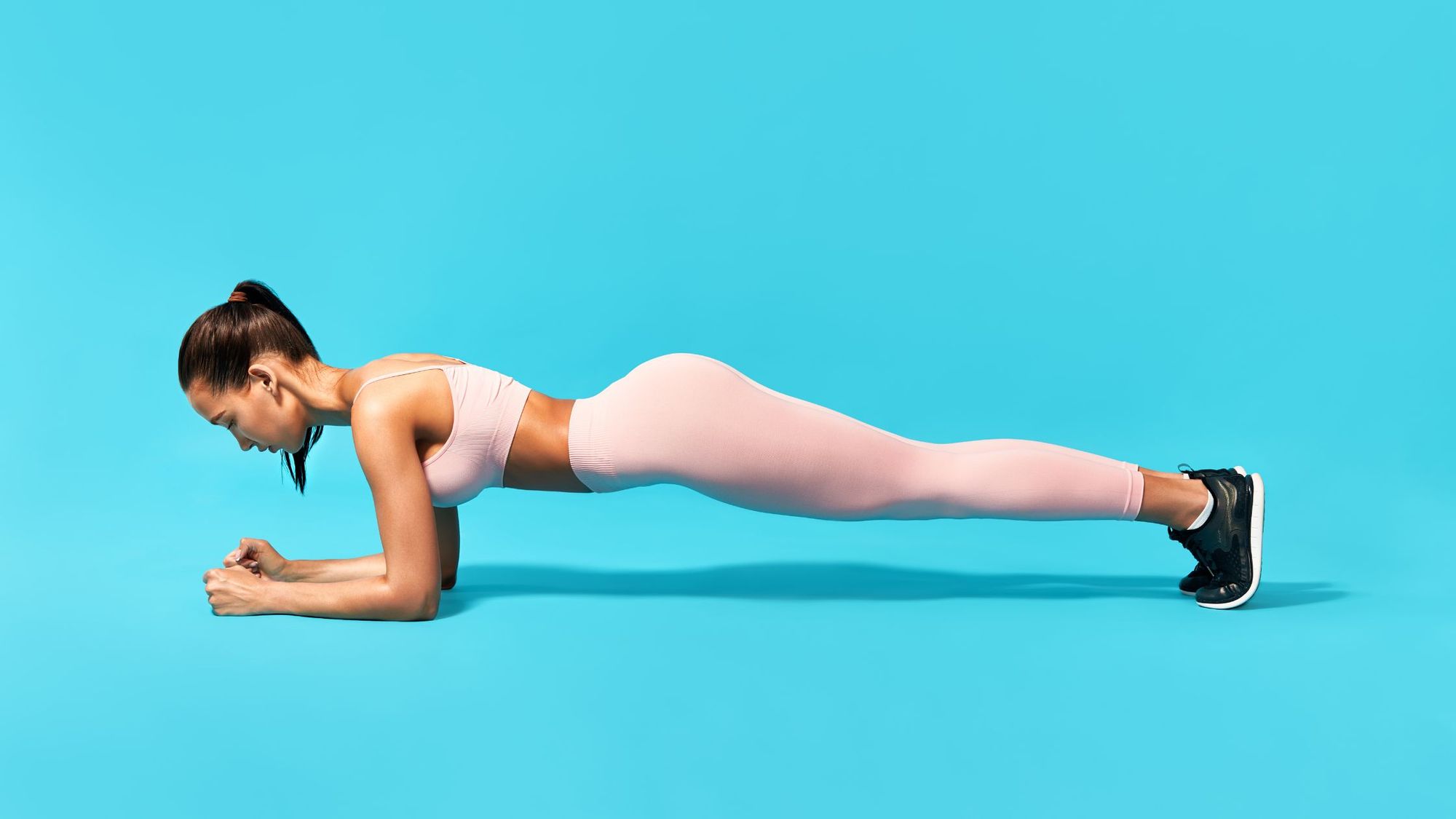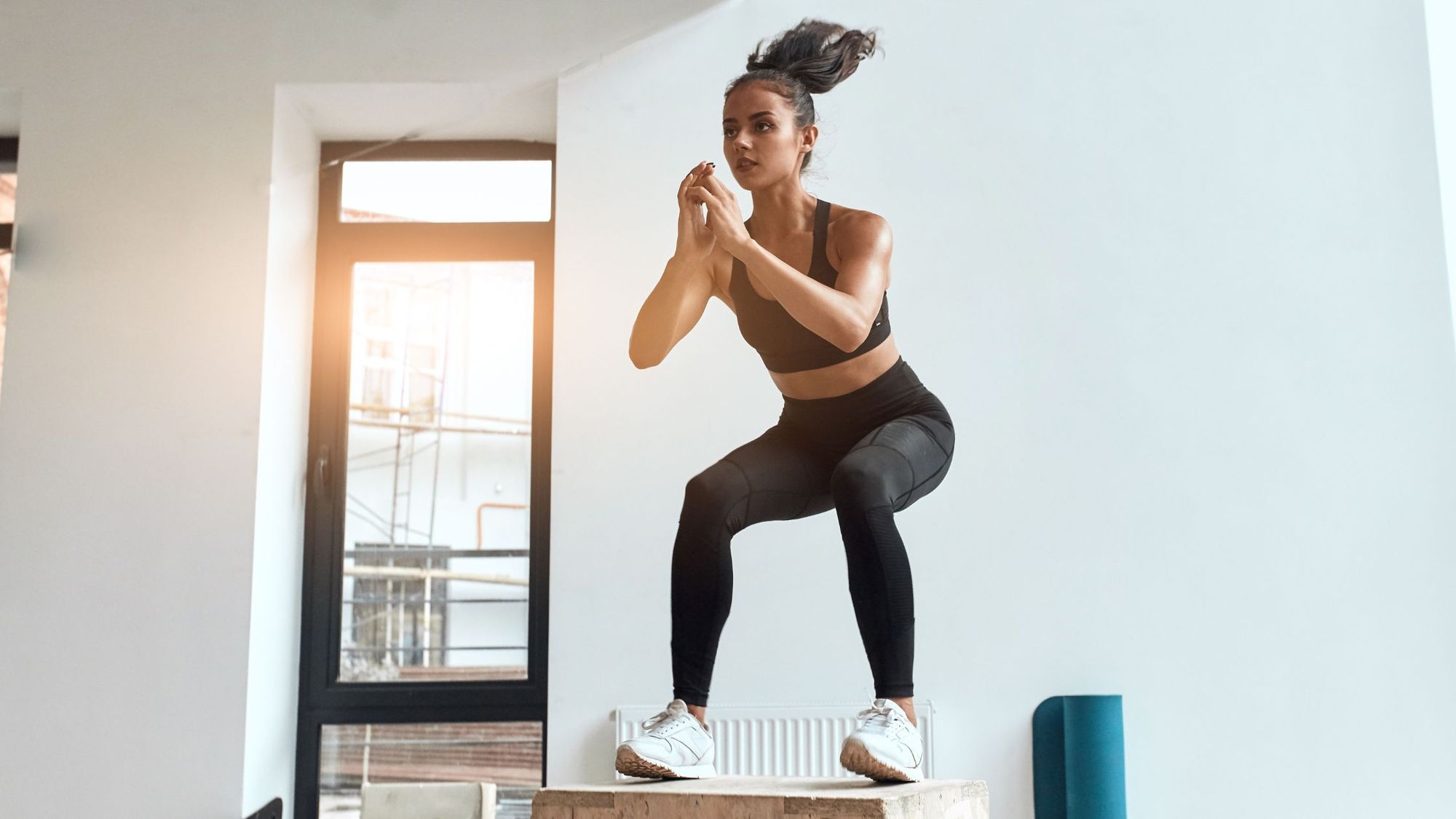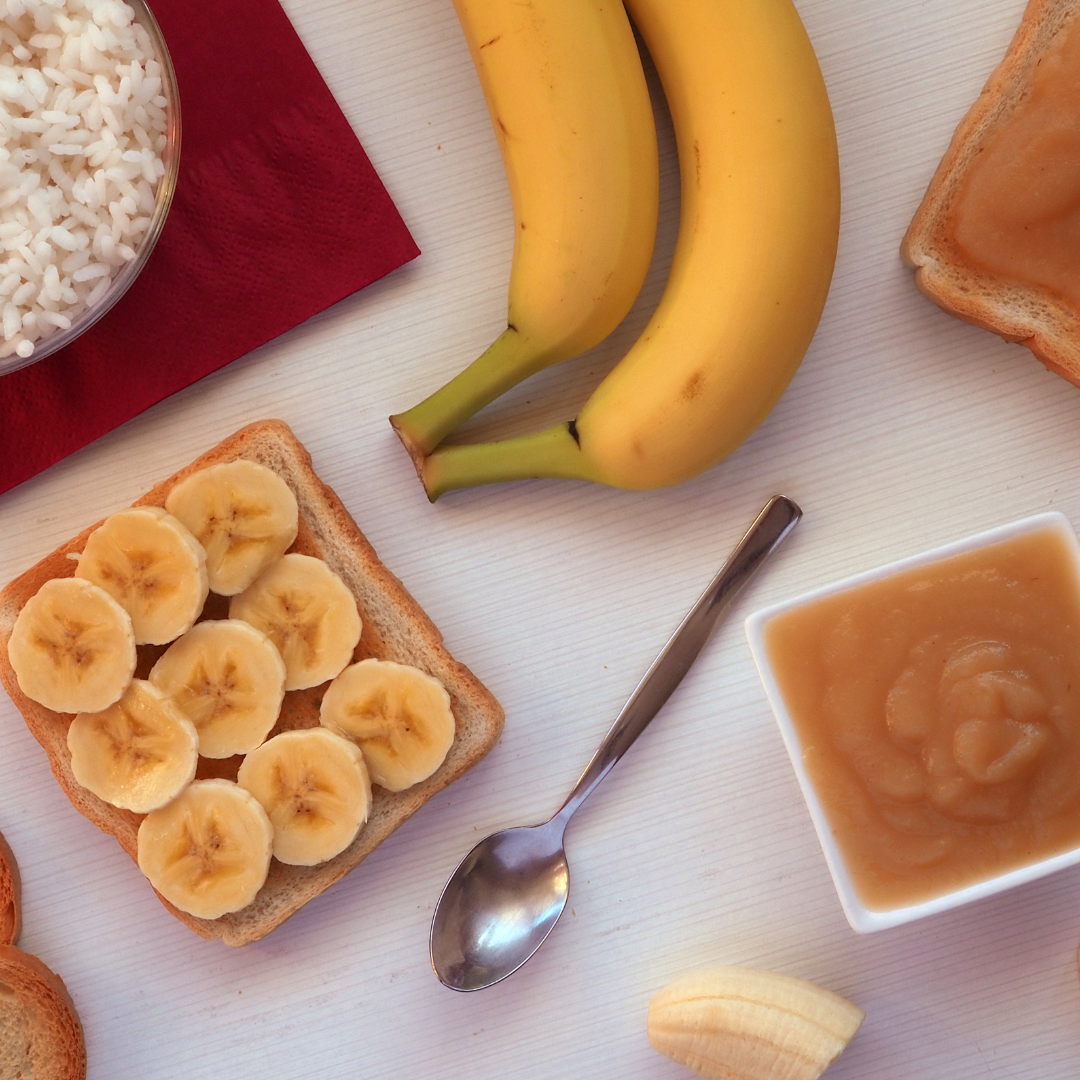
Exercising regularly is key for a healthy, strong and fit body. Home workouts that don’t require equipment can help even the busiest people squeeze some physical fitness into their day.
These days, between kids, jobs and rising prices of everything from gas to groceries, it’s becoming harder and harder to find the time and the money to make it to the gym or shell out for expensive equipment and gym memberships. That’s why home workouts that don’t require equipment have skyrocketed in popularity, launching the careers of countless fitness influencers and online trainers, especially in the last two years since the onset of the pandemic.
With so many movements that can be easily customized to suit your capabilities and available space, there is no excuse to put off your workouts any longer. Read on for 6 easy-to-learn and easily adaptable home workouts that don’t require equipment but can still burn lots of calories, build muscle, and tone the body. These workouts that don’t require equipment require no equipment at all except for your own body weight, some floor space and perhaps a piece of furniture.
6 Home Workouts That Don’t Require Equipment

1. Planks
Planks are one of the best home workouts that don’t require equipment, and can be done literally anywhere. Planks are a full-body exercise that fire up the major muscles of your core, especially the rectus abdominis, obliques and transverse abdominis. Additionally, planking can help strengthen the muscles in your back as well as the hip flexors and posterior leg muscle groups, primarily the glutes and hamstrings.
To perform a standard plank, lay on your stomach and position your arms at a 90-degree angle with your elbows underneath your shoulder. You can either clasp your hands or lay them flat in front of you. With your legs extended, brace your core and lift your trunk, pushing away from the ground with your elbows and toes. Your weight should be evenly distributed throughout the length of your body.
Be sure not to collapse into your shoulders or sag in the middle. At the same time, avoid raising your rear too high in the air. Your body should form a straight line from the back of your knees to the top of your head.
There are many variations of planks that specifically target different muscle groups more effectively, including the side plank, reverse plank, high plank and side plank crunches. Beginners can start with either a forearm plank or a high plank. Hold the position for as long as you can, hopefully at least 1 minute, remembering to breathe. Challenge yourself to hold the position for a few seconds longer each time you exercise and you will be well on your way to a strong core. Do a plank several times per day if you can. (While watching TV, in between zoom meetings, etc.)

2. Jump Squats
Static, weighted squats are a gym favourite among bodybuilders because they challenge the strength of the lower body, helping to build muscle. However, if you don’t have access to weight or other equipment like Smith machines or squat racks, you can still perform body-weight squats to get an effective workout to build strength and improve stability.
Body-weight or air squats can help you gain the foundational strength needed to perform weighted squats and give you the opportunity to improve your form. If any minor changes need to be made to your squat, learning what they are early on, before you start adding weight, will surely help you avoid serious injury as a result of squatting improperly.
The proper squat form varies slightly from person to person because of anatomical differences, particularly in the shape of the femur and hip socket. This helpful tutorial from Squat University can help guide you toward finding your perfect setup.
Once you’ve mastered the air squat, up the ante by adding in some jumps. Jump squats burn calories faster than regular squats thanks to the cardio aspect, and they can help improve your explosive power, too. Challenge yourself to perform as many reps as possible while maintaining proper form for 3-4 sets for a complete home workout that requires no equipment.
3. Push-Ups
The classic push-up is a fantastic way to improve your upper body strength by working the triceps, pectorals and shoulders. Not only that, but push-ups performed correctly can also help you increase core strength, the very foundation of a strong body. Finally, push-ups can also strengthen your lower back.
Like the plank, push-ups can be performed almost anywhere as long as you have the space. Begin in a high plank position with your arms extended vertically and your hands palm down. Your fingers should face forward. Keep your hips lifted, regardless of whether or not you’re starting on your knees. Keep your core engaged by imagining a string connecting your belly button to your spine. Inhale as you slowly lower down with control, keeping your elbows tucked in towards your body, not sticking out to the side. Exhale and push away from the ground back up to the starting position. Beginners can lower their knees to the ground until enough strength is gained to perform from a high plank position, but challenge yourself to incorporate a few reps with the knees lifted. You might surprise yourself with your own strength.
As is the case with many bodyweight exercises, push-ups can be adapted to target specific muscles. By changing the positioning of your hands, changing the angle or even adding a clap or a star jump at the top, you can target different arm and pectoral muscles more precisely and add some cardio.
4. Dips
If you’ve got the edge of a sofa, a park bench or even a set of stairs nearby, you can perform tricep dips, a great upper-body movement that requires no equipment. You just need to make sure that whatever you’re using has enough height for your arms to bend at 90 degrees at the bottom of the movement. Dips work the muscles in your chest as well as your triceps and shoulders. To work your chest muscles even harder, you can lean forward a bit as you perform this exercise.
To begin, position yourself with your feet on the floor and your knees bent or straight out in front of you. Your range of motion and strength are the determining factors here, so be sure to prioritize the proper form above all else. Inhale as you lower toward the floor until your arms form a 90-degree angle. Exhale and push against your working surface to bring yourself back to the starting position.
In addition to firing up your triceps and chest, your core muscles will be working hard if you do this movement correctly in order to maintain stability and balance.
5. Step-Ups
Step-ups are a lower-body-focused exercise that can be included in any home workouts that require no equipment and primarily work your glutes and the muscles in your legs. They are easier on your lower back than squats are and so are a better option for people who suffer from chronic back pain (with your doctor’s clearance, of course). You can perform step-ups on stairs, obviously, or on benches, chairs, sturdy boxes or anything high enough for you to be able to bend 90 degrees at the knee. If your working surface pushes your knee past this 90-degree angle, then it’s too high.
To begin, keep your torso straight and tall with your core engaged and your shoulders back. Keep your gaze focused on a spot straight ahead to help maintain balance and keep your head in a neutral and upright position. Brace your core and put the foot of your working leg onto your working surface. Keep your heel flat on the floor and your knee bent 90 degrees. Lean forward slightly and step up, engaging the muscles of your working leg and glute. Slowly lower back down with control. Perform as many rounds as possible for 3 or 4 sets. If you need more of a challenge, you can add some weights. If you don’t have dumbbells, you can wear a backpack filled with books or hold something heavy in your arms. Holding moderate weight overhead can also help you strengthen your core as you perform step-ups.
6. Mountain Climbers
Finally, we have mountain climbers, the ultimate full-body, equipment-free workout. Most people have a love/hate relationship with mountain climbers because they can be extremely challenging yet yield incredible results. Mountain climbers combine the core work of planking with the cardio aspect of running, making them an extremely well-rounded and powerful exercise.
To perform mountain climbers, begin in your high plank position with your hands in line with your shoulders. Brace your core and bring your knee to your chest. Hold at the top before returning your leg to the start position, and then repeat the movement with the opposite leg. The speed at which you perform this exercise is up to you, but the faster you go, the higher your heart rate will raise, resulting in more calories burned. Do 10-20 reps on each leg for 3 or 4 sets, or perform for one minute followed by 30 seconds of rest for 3-5 sets.
To challenge your core strength even further, aim your knee for your opposite elbow. To make this exercise easier, perform it slowly.
Find Out The Optimal Exercise Program For You, Based On Your DNA
Home workouts that don’t require equipment are a great way to stay in shape on the road, or if money and/or time are tight, or if you’re experiencing anxiety at the gym. The above home workouts are 6 simple movements that are a great starting point for your fitness journey.
To find out the optimal exercise routine for you, take a DNA test from CircleDNA to get a better understanding of your body’s genetic strengths and weaknesses (such as high endurance or low strength) so that you can plan an effective exercise routine that suits your body best.
References:
How To Squat For Your Anatomy: https://www.youtube.com/watch?v=ubdIGnX2Hfs







This Post Has 6 Comments
Comments are closed.